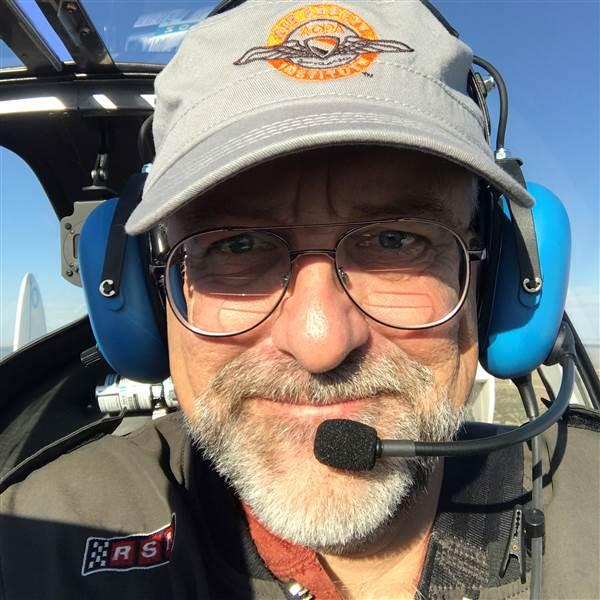Training and Safety Tip: Scan the glass
There’s a lot to look at on the flight deck of a modern training aircraft.
The primary flight display showcases numerous flight parameters the pilot needs to monitor including horizontal and vertical speed, altitude and attitude, heading and coordination—along with radio frequencies and a variety of system-health alerts. Meanwhile, the multifunction display shows engine, fuel, and oil parameters as well as maps and traffic, and more.
Actually, everywhere. But not all at once. A key pilot skill is to develop an effective and efficient scan of the cockpit instruments, keeping your eyes roving from element to element, while your brain quickly interprets what you are seeing, and whether adjustments need to be made.
And don’t forget, you need to look outside the aircraft as well. In fact, in most phases of flight, you should be looking outside more than inside. You can interpret a lot about the status of the airplane by looking out the windows, and many operations can’t be completed safely while your eyes are glued to the glass (or steam gauges, as the case may be). Unless you are practicing instrument flying under the hood with your instructor, or in actual instrument conditions, you should not try to fly looking only at the instruments.
During taxi, if you focus too much on the inside, you are likely to swerve, take a wrong turn, or smack into a taxiway light, or (heaven forbid) another taxiing airplane.
Takeoff is the operation where many new pilots make the mistake of being overly focused on the instrument panel. Sure, you need to verify your engine instruments are all “in the green” after you apply full power. But if you stare at them for too long, you’re likely to steer right off the runway. Likewise, you need to be alert to VR—the speed at which you should rotate the airplane to begin the liftoff sequence—and VY or VX as your target climbout speeds. However, if you’re staring at your airspeed indicator and adjusting pitch based on that, you aren’t flying the airplane.
In cruise, you always need to be aware of weather, and birds, and also on the lookout for other aircraft. Contrary to popular belief, not everything in the sky will show up on your traffic alerts, so your eyeballs are your last line of defense.
And of all operations, the landing is the one most dependent on external visual cues.
So enjoy the view. Just don’t stare at any one thing for too long.




